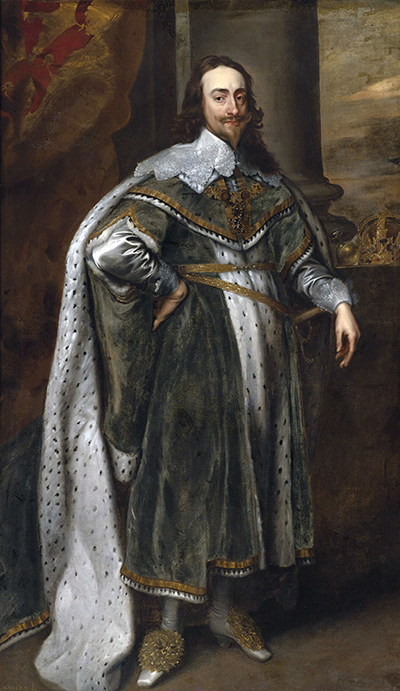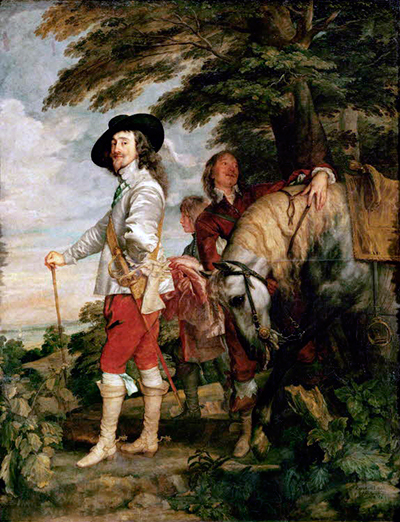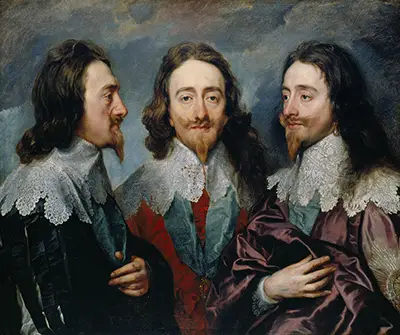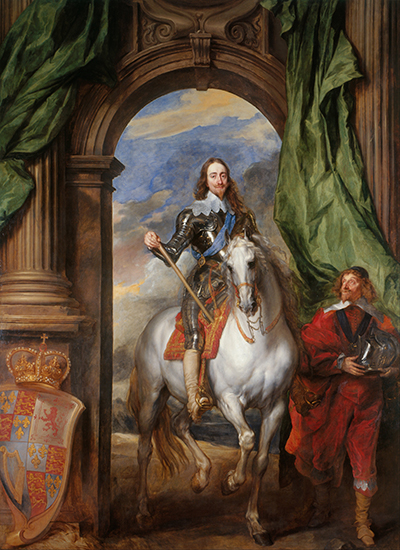Charles I was a highly memorable monarch who was for many years the King of England, Scotland and Ireland
Charles was strongly connected to the arts and this has ensured his own image was well publicised for many centuries after his death. He held a good eye for oil painting and chose some of the finest artists to produce portraits of him in a variety of stately scenes.
A visit to the Spanish court in around 1623 is believed to have started off his passion for art and he would soon become a predigious collector, combining a good natural eye with the abundance of wealth which went with being the King. His enthusiasm never wained from that point, leading to him creating one of the finest art collections in Europe. Whilst much was sold off or moved onto new ownership after his death, his role in art at this point continues to be celebrated today.
Diego Velazquez was the leading figure in the Spanish court and perhaps can be considered the finest court painter in history, alongside the likes of Anthony van Dyck and Hans Holbein. Whilst admiring the work of Velazquez, the King would purchase original works by Titian and Correggio. He found such works beautiful and uplifting, lifting characters from religion and mythology to new heights due to the extraordinary artistic skills of artists such as these. It was at that point that he realised he could bridge the gap between his own image and that of the divine through art.
Peter Paul Rubens would establish himself as one of the King's most favourite artists, providing him with one of his greatest commissions for the ceiling of the Banqueting House in Whitehall, Central London. This astounding achievement must rank as one of the finest painting installations in the UK. He would make use of other flemish painters such as van Honthorst and Mytens.
The King would make a major purchase in 1628 of the collection of the Duke of Mantua. The King had built a reputation for a passion for art and any struggling duke or monarch across Europe felt able to offer their art collections and potentially reach a deal fairly easily. Charles picked up original paintings by Titian, Correggio, Raphael, Caravaggio, del Sarto and Mantegna in this purchase of work predominantly from Italian artists. Whilst the King had an element of obsession starting to surround his behaviour around his growing collection, no-one could question the quality of art that he was acquiring.
It is believed that the final collection amassed by King Charles I of England, who also ruled over the kingdoms of Scotland and Ireland, totalled an extraordiary 1,760 paintings. To consider the levels of artists that produced most of these works, it truly was an extraordinary collection of Renaissance and Baroque art. Perhaps the best ever. Politics were never far away from his life as a monarchist and the collection was to be broken up soon after his death.
King Charles' legacy in the UK art scene was huge. The finest work of Italian and Flemish artists could now be appreciated in these lands, and this would later inspire a whole host of painters across this region. Before the era of modern media it was difficult for budding artists to see the type of art that could inspire and improve their own work, with many having to travel across Europe in order to maximise their influences.







